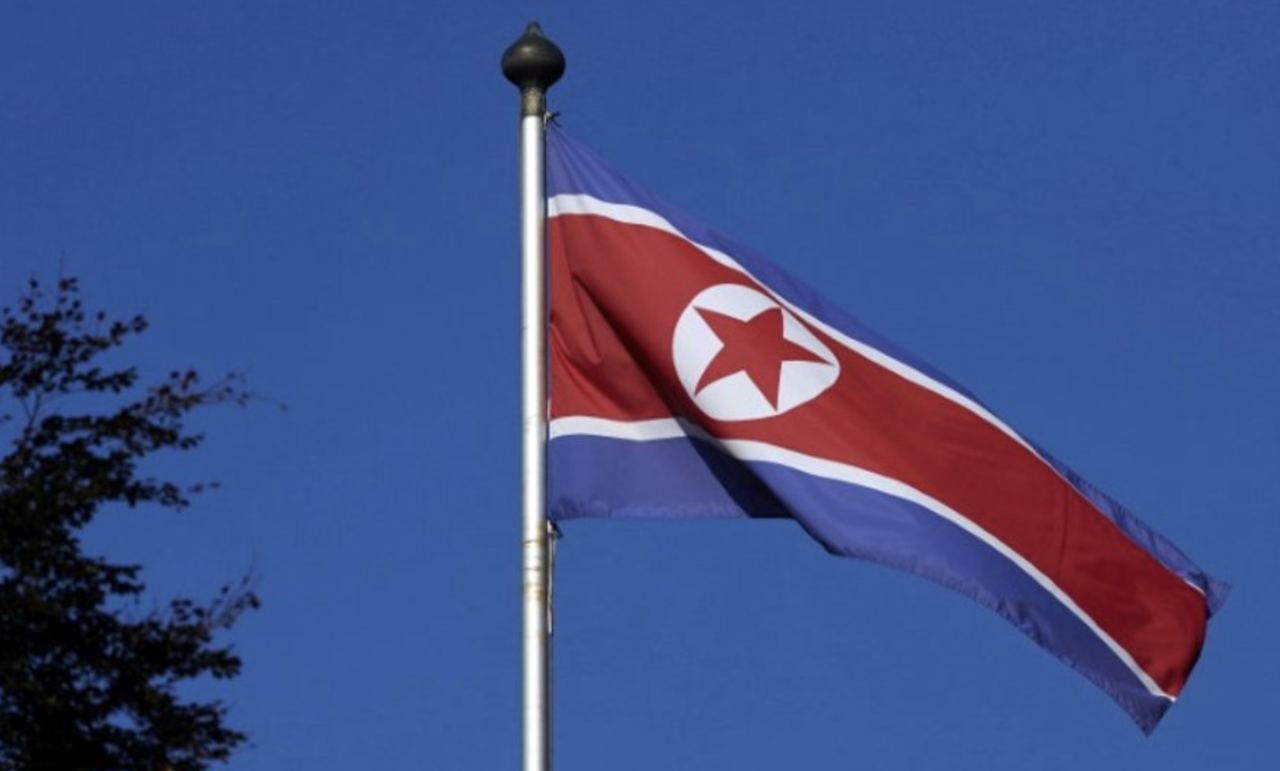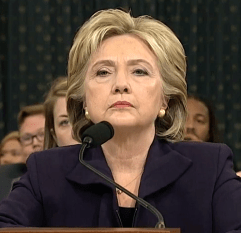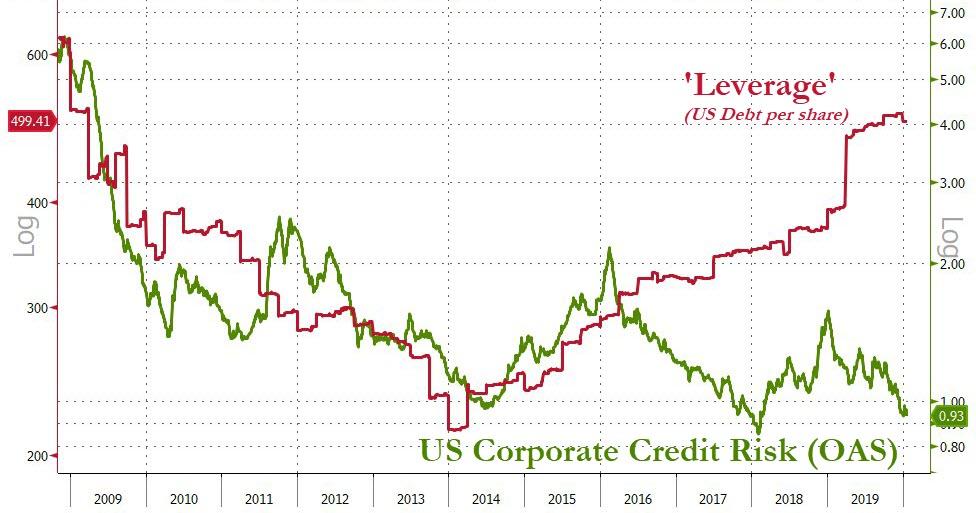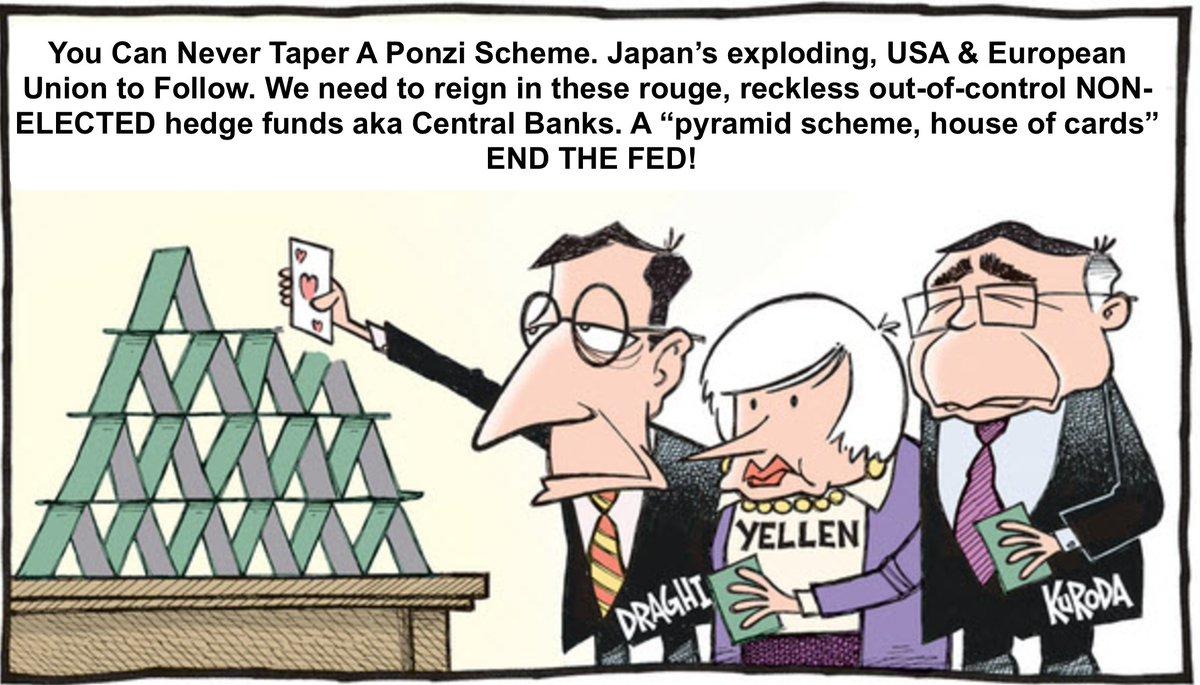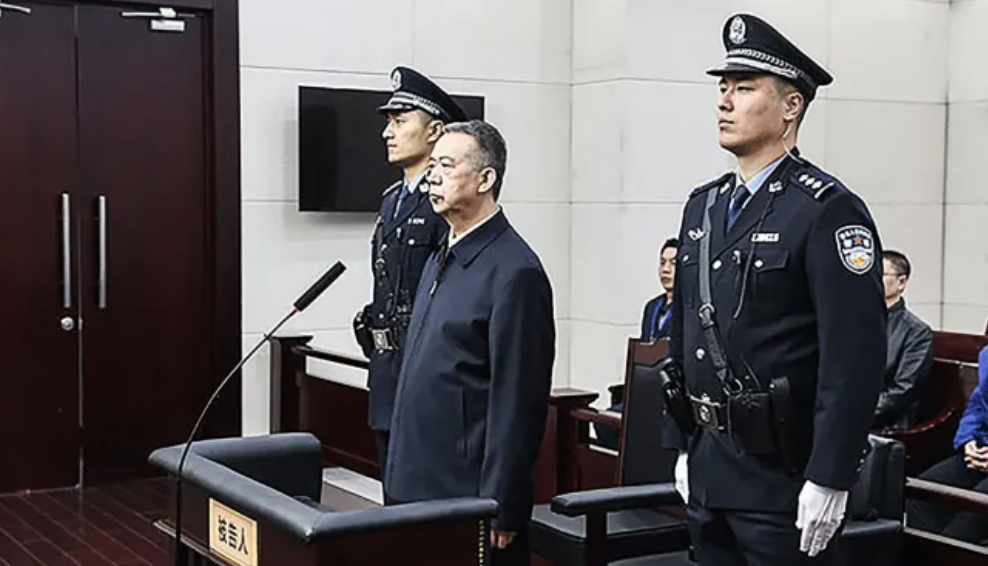Today is the day that the impeachment trial of President Donald Trump gets underway. Proceedings start around 1 p.m. in Washington (go here for places to watch) and are expected to last anywhere from a week to a month (Bill Clinton’s trial in 1999 lasted five weeks). In a vote that proceeded along party lines, President Trump has been charged with abuse of power and obstruction of Congress. He is widely expected to be found not guilty by the Senate, in a vote that will also proceed largely, if not completely, along party lines.
Come February, or whenever the pompously self-declared “world’s greatest deliberative body” votes on the matter, we will be right back to where we started, only a little bit more in debt, a little angrier, and a little more behind schedule on nuts-and-bolts things like passing a real budget for the current fiscal year, figuring out how to pay for entitlements, and discerning whether we’re technically at war with various countries.
The impeachment process thus perfectly encapsulates everything that is wrong with the federal government. From start to finish, the impeachment is almost purely partisan and political rather than substantive, and it accomplishes nothing other than driving down even further any form of trust or confidence in the presidency, Congress, or even the Supreme Court (Chief Justice John Roberts will preside over the Senate trial). To be fair, impeachment is designed to be a political, rather than legal, process. It’s not about discovering the truth of what happened, or even fully explaining what happened, as you’d expect in a real trial. As Gerald Ford noted just a few years before becoming president himself after the resignation of Richard Nixon (who was faced with his own impeachment trial), an impeachable offense “is whatever a majority of the House of Representatives considers it to be at a given moment in history.”
It’s only fitting, then, that being found innocent will be an equally partisan exercise. Indeed, that seems especially fitting in an election year in which the incumbent shows some of the worst approval numbers in history and still seems to have an excellent shot at winning a second term.
I’ve documented over the years how far and fast trust and confidence in various parts of the federal government has fallen. In 1964, for instance, 77 percent of Americans agreed that they trusted “the government in Washington always or most of the time.” As of last year, that figure stood at 17 percent. When it comes to the presidency, trust has toppled from 73 percent in 1972 to 45 percent. For Congress, the drop is even worse, plummeting from 71 percent in 1972 to 38 percent in 2019. Trust in the Supreme Court has followed the same general trend, even if its numbers are better. In 1988, 56 percent had a high degree of trust in the Supreme Court but thirty years later, that figure clocked in at 37 percent.
It’s unlikely that the purely partisan impeachment process will do anything but accelerate those trends. For libertarians, this might on its face seem a blessing, as evacuating trust and confidence in the federal government is surely a precondition for radically reducing its growth and power.
But that’s not how things work. Again and again—and in countries all over the world—declines in trust of government correlate strongly with calls for more government regulation in more parts of our lives. “Individuals in low-trust countries want more government intervention even though they know the government is corrupt,” explain the authors of a 2010 Quarterly Journal of Economics paper. That’s certainly the case in the United States, where the size, scope, and spending of government has vastly increased over exactly the same period in which trust and confidence in the government has cratered. In 2018, I talked with one of the paper’s authors, Andrei Shleifer, a Harvard economist who grew up in the Soviet Union before coming to America. Why do citizens ask a government they don’t believe in to bring order? “They want regulation,” he said. “They want a dictator who will bring back order.”
Counterintuitively, the relative size and spending of government in the United States actually flattened or dipped during periods when trust and confidence in government picked up:
From 1994 to 2001, Pew data show upticks in the number of people who trust the government to mostly do the right thing…. Using inflation-adjusted dollars, the feds spent about $250 billion more in [Bill] Clinton’s last year than in his first, a small increase compared to the spending surges seen under Ronald Reagan and George W. Bush. Viewed as a percentage of GDP, federal spending fell significantly during that period. In 1991, it equaled 21 percent. By 2001, it equaled just 17.5 percent.
There were many reasons for minor increases in trust and confidence in government during the 1990s. The end of the Cold War, the rise of the internet, and continual economic expansion all played important roles (especially the latter). While Washington got shriller—virtually all modern forms of hyper-polarization were present or birthed in the ’90s—it also became less important to more people. Clinton famously acknowledged that “the era of big government is over” even as Congress worked in a bipartisan fashion to change welfare, cut capital gains taxes, and slash defense spending. That sort of rapprochement is unimaginable in the current moment.
You can argue that Trump richly deserves to be the third president to face an impeachment trial, that we should be impeaching all the presidents all the time, or that Trump is actually the victim of a coup. You might even win those arguments. But none of that matters if you really care about restraining the size of government. Come the end of the Senate trial that starts today, Trump will almost certainly still be in office, Democrats and Republicans will hate each other even more, and trust and confidence in Washington will be even lower than it already is.
And the spending of the federal government, what Milton Friedman said was the purest measure of its power, will continue to set new records. All impeachment will have done is add more fuel to the perpetual dumpster fire that is Washington and pushed the calendar back a month or so when it comes to the fiscal reckoning that awaits us in the new decade.
from Latest – Reason.com https://ift.tt/2Re4wwN
via IFTTT
